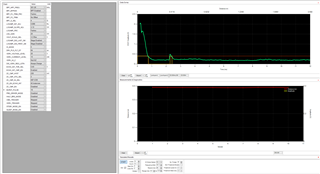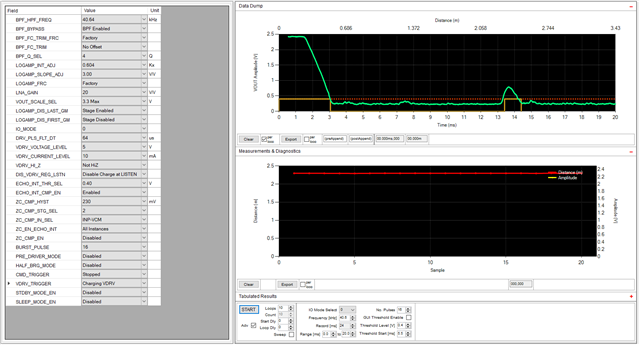Tool/software:
When using a 300kHz sensor I do not get distance measurements from 50mm to 400mm. I only get from 140mm as stated in the datasheet.
As the distance decreases, the effect of the reception pulse approaching the transmission pulse occurs.
That is, the analog signal on Vout has a significant duration due to transient processes. How to solve this problem? Specify the sensor you used in the tests? Thanks.





